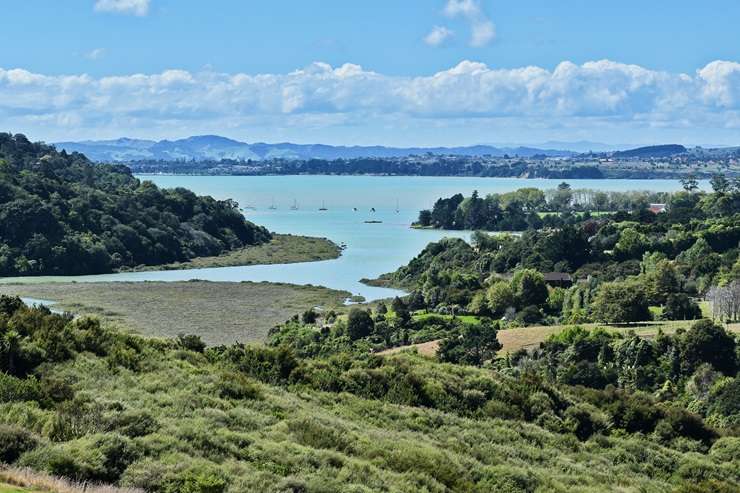New Zealand’s average property value grew 0.4% to $977,000 in the three months to the end of April.
The latest figures from the OneRoof-Valocity House Value Index show the impact of unusually high listing volumes and stubbornly high interest rates on property values.
The surge in the total number of houses for sale in New Zealand has put power back in the hands of buyers.
While sales volumes for the quarter are up year on year (+19%), they have not kept pace with number of new listings coming to market (+30% over the same period).
Start your property search
Feedback from agents suggests vendors are adjusting price expectations and seem more motivated to meet the market, although OneRoof figures show property values in a clutch of suburbs have jumped by more $100,000 in the last three months, suggesting some vendors still have luck on their side.
The OneRoof-Valocity figures show property values in Auckland and Bay of Plenty have slipped in the last three months, by less than 1%, while growth in Canterbury and Wellington was muted, at around 1%.
Two regions were outliers in the three-monthly figures. Gisborne’s average property value dropped 3% ($20,000) to $642,000 while West Coast’s jumped 6.3% ($28,000) to $471,000.
The market conditions in both are atypical. Gisborne is still paying the price of Cyclone Gabrielle, while property values in West Coast are the lowest in the country, meeting the needs of budget-conscious buyers.
The figures also show property values are up year-on-year in every region bar Gisborne, but hesitation in the market is likely to eat into those growth margins.
When interest rates start to drop – expectations are for cuts in the OCR at the end of this year or the start of next – power in the market may shift back to vendors.
At a local authority level, Dunedin has reclaimed its pre-Covid title of housing market rock star after registering quarterly value growth of 3%.
The spike, driven by the city’s relatively affordable prices and tighter stock levels, was a standout, with value growth in the country’s other major metros either minimal or negative.
At a suburb level, the biggest value jumps over the quarter in percentage terms were in West Coast, while the biggest drops were in neighbouring Southland. Low prices are a feature of both regions, indicating localised market dynamics are at work.
Just over 60% of suburbs with 20 or settled sales in the last 12 months were up over the quarter, while 72% were up year-on-year. Only 15% of suburbs have returned to their post-Covid market peak.
The OneRoof-Valocity figures showed the biggest dollar jumps over the quarter were in some of the country’s wealthiest suburbs.
Whitford homeowners saw the suburb’s average property value rise $160,000 to $3.55m. Also doing well were homeowners in Arrowtown (up $141,000); Remuera (up $115,000); and Russell (up $114,000).

Whitford in Auckland's eastern fringes has seen its average property value climb $160,000 in the last three months. Photo / Getty Images
The biggest dollar losers over the quarter were also high-value suburbs: Tamahere's average property value fell $64,000, Epsom's fell $57,000 and Westmere's dropped $56,000.
The big dollar swings in both sets of figures show buyers at the top end of the market have been picky about where they are parking their money.
The total number of homes for sale on OneRoof.co.nz now exceeds 41,000 – 17% more than this time last year. Nationwide new listings in April were up 27.9% year-on-year while in Auckland, new listings were up 39% over the same period.
Economic uncertainty and high interest rates have made some buyers cautious but recent moves to loosen lending restrictions may convince some to act.
- Click here to find properties for sale












































































